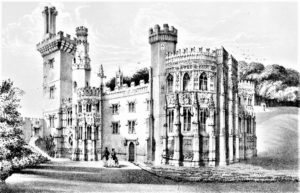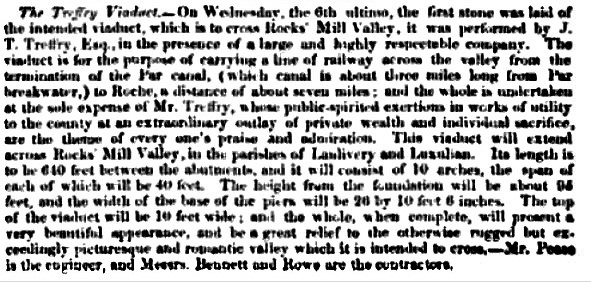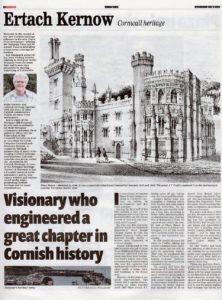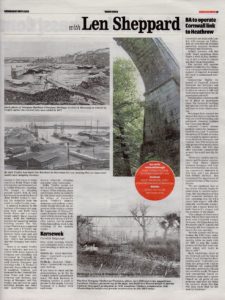J T Treffry a Cornish visionary and entrepreneur
During the first half of the 19th century a man rose to prominence who would have a profound effect on the future growth of Cornwall and especially mid-Cornwall. So, who was this character and how would he reach such importance? Born Joseph Thomas Austin in 1782, his mother Susanna Treffry had married Joseph Austin a brewer from Plymouth, of Cornish origins.
Joseph Austin died in 1786 and Susanna was left to raise three children at Place House in Fowey, inherited with her sister Jane from their brother.
The Treffry family were from a longstanding Cornish family who over the centuries had made enough wealth to build a small estate of farms, land, and buildings in the Fowey area. However, by this time it was much impoverished. Mrs Austin was a capable woman holding estate together until 1803 when young J.T. Austin came of age taking over the running of the estate. Joseph’s initial work was managing a farming estate with tenants and some minor mineral extraction. He extended the activities by building a lime kiln, investing in better cattle increasing dairy production also planting of tens of thousands of trees. He repaired and rebuilt the family seat at Place House in Fowey, which had fallen into disrepair, but all this would turn out to be small fry compared to his expansion into mining.
In 1838 Austin changed his name to Treffry taking his mother’s maiden name and it is this name that he will always be especially known. That year he purchased the Manor of Towan Blystra, containing Newquay Harbour and rebuilt the recently poorly extended harbour.
Tin mining had been the backbone of Cornwall’s mineral production and wealth for many centuries going back to prehistoric times. During the 18th century copper increased in importance helped by advances in steam engines allowing water to be removed from deeper mines where copper was found. Copper was increasingly needed during the Napoleonic Wars in copper sheathing ships bottoms, armaments, and coinage to name a few uses. The price had risen to £200 per ton the equivalent to over £16,000 today, so copper mining was very profitable. In 1822 Treffry had bought various mines and consolidated them into a holding named Fowey Consuls which he controlled and in time this would become one of the deepest, richest, and most important copper mines in Cornwall. By 1829 Treffry had built Par Harbour to distribute his ore making Par an important south coast shipping harbour then and very busy until recent times for exporting primarily china clay.
China clay had been discovered in the St Austell area and Treffry was keen to move this along with his other minerals to the heartland of British industrialisation around Manchester and Birmingham. He also needed huge quantities of coal to run the steam engines that drained the mines and needed to find ways to bring coal from South Wales to the mining sites and transport ore to South Wales for smelting. The danger to shipping around Land’s End is well known and to avoid the loss of ships Treffry looked to moving his minerals from the south to north Cornish coast. A mineral tramway to the harbour at Newquay and shipping back and forth from South Wales and Liverpool would satisfy these requirements. With the Newquay Railway Act passed in 1844 the building started. The Trenance Viaduct was completed in 1849 with J T Treffry the first crossing it on horseback. Railway lines were laid and the tunnel to the harbour dug and a new prosperous start for Newquay was underway.
[Left] The tunnel that carried the tramline to Newquay Harbour. trucks lowered down on a cable from the whim at the top. [Right] Coastal marine shipping in Newquay Harbour c1890 showing the central jetty added in 1872 to increase the number of vessels that could be serviced.
There is no doubt that Treffry was a visionary and was involved with many aspects of bringing and extending rail movement in Cornwall becoming Chairman of the Cornwall Railway Company and working with I K Brunel to that end. Along with the grade II Luxulyan Viaduct, now managed by the Cornwall Heritage Trust and other rail, tramway and viaducts, harbours at Newquay and Par, Treffry was involved in canal building, granite and china clay quarrying, extensive mining interests, shipping and many other businesses
Sadly, Treffry would not live to fulfil the full potential of many of his schemes, plans and dreams dying on 29th January 1850. Some years later after the failure of Cornwall’s mines Treffry’s mineral tramways and railway vision would herald through the expansion of the railway system the beginning of Cornwall’s years of mass tourism. This short article cannot hope to do the work and vision of J T Treffry justice, but to merely bring him and his work to the attention of the modern reader.
![J T Treffry Cornish Visionary J T Treffry Cornish Visionary [1782-1850]](https://www.cornwallheritage.com/wp-content/uploads/2020/07/J-T-Treffry-Cornish-Visionary-229x300.jpg)
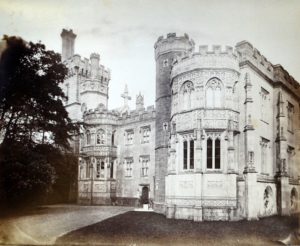
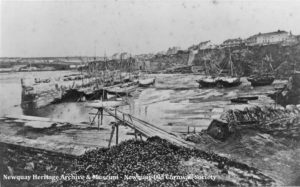
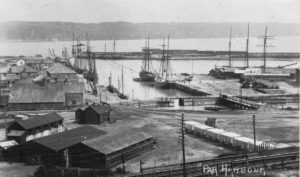
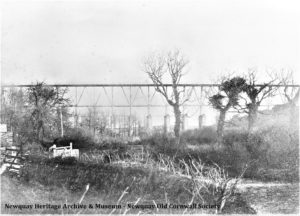
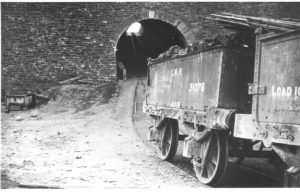
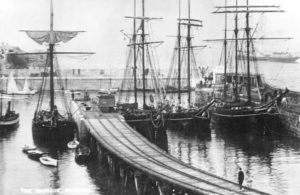
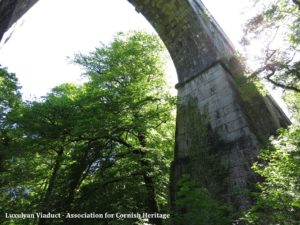
![A Compendium of British Mining [Fowey Consuls] 1845 A Compendium of British Mining [Fowey Consuls] 1845](https://www.cornwallheritage.com/wp-content/uploads/2020/07/A-Compendium-of-British-Mining-Fowey-Consuls-1845.pdf-238x300.jpg)
